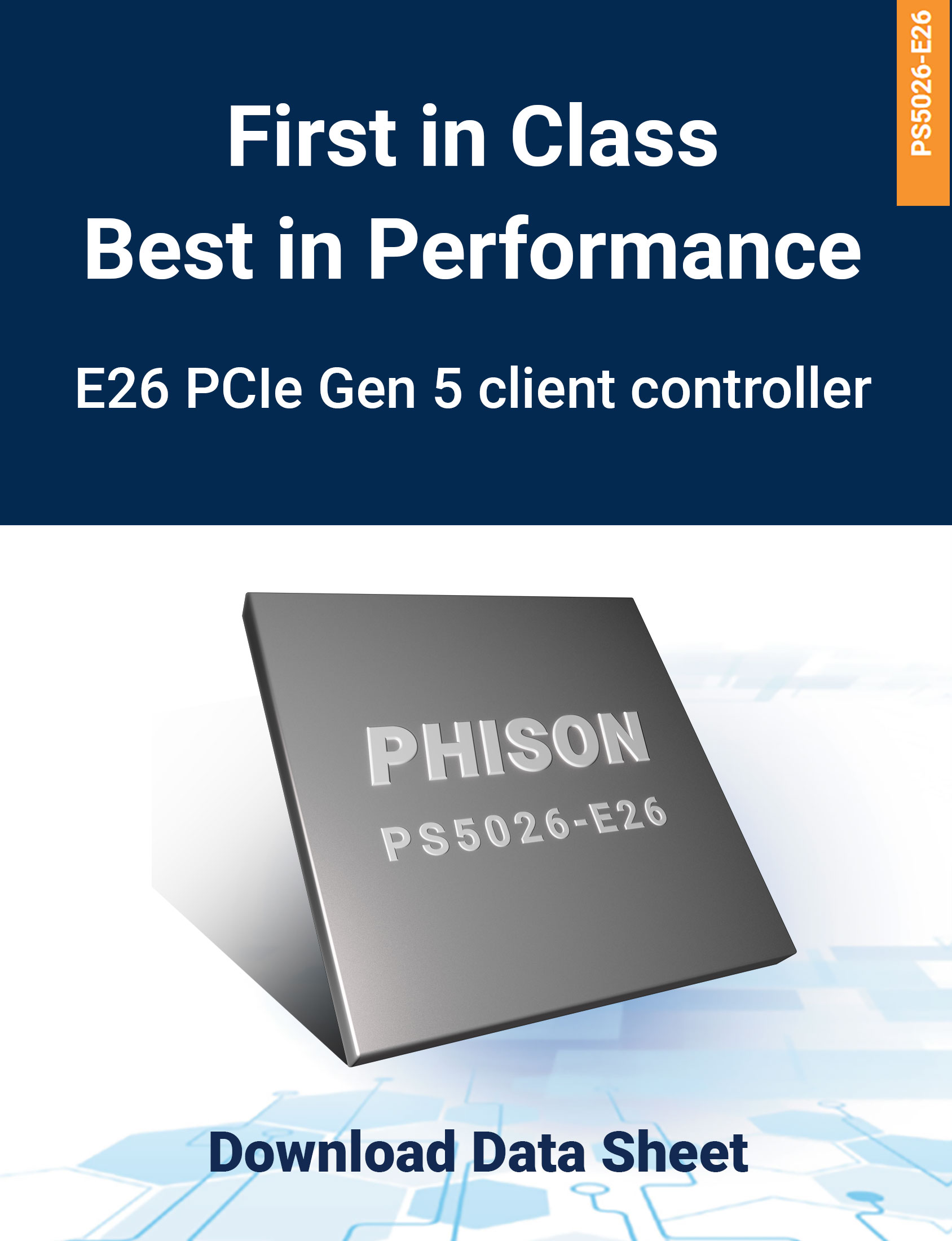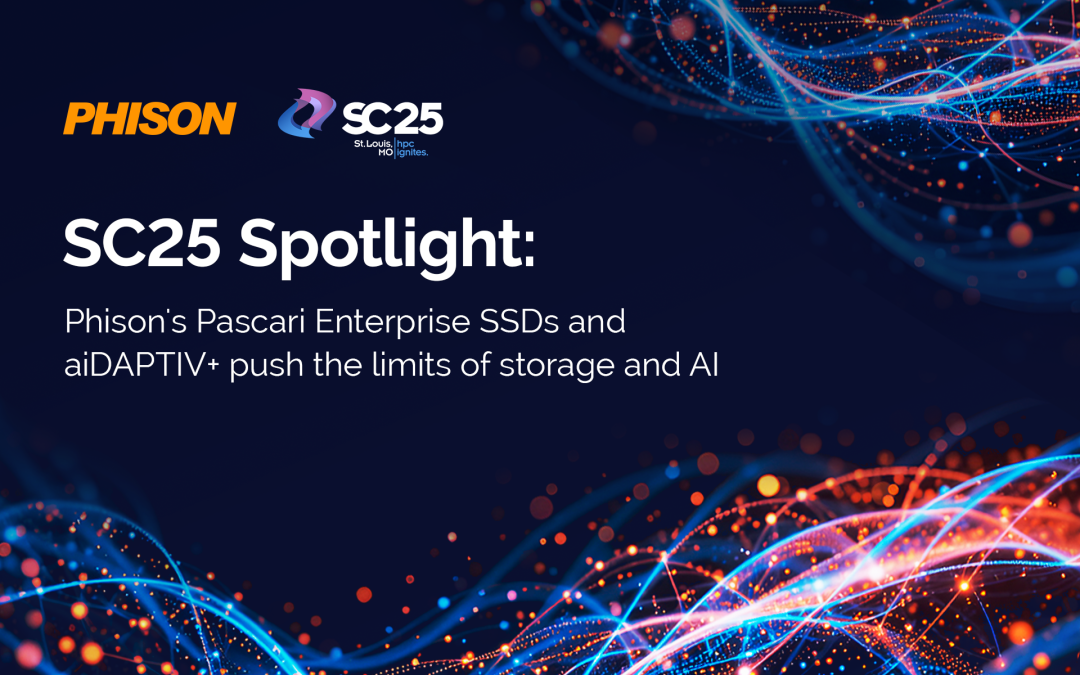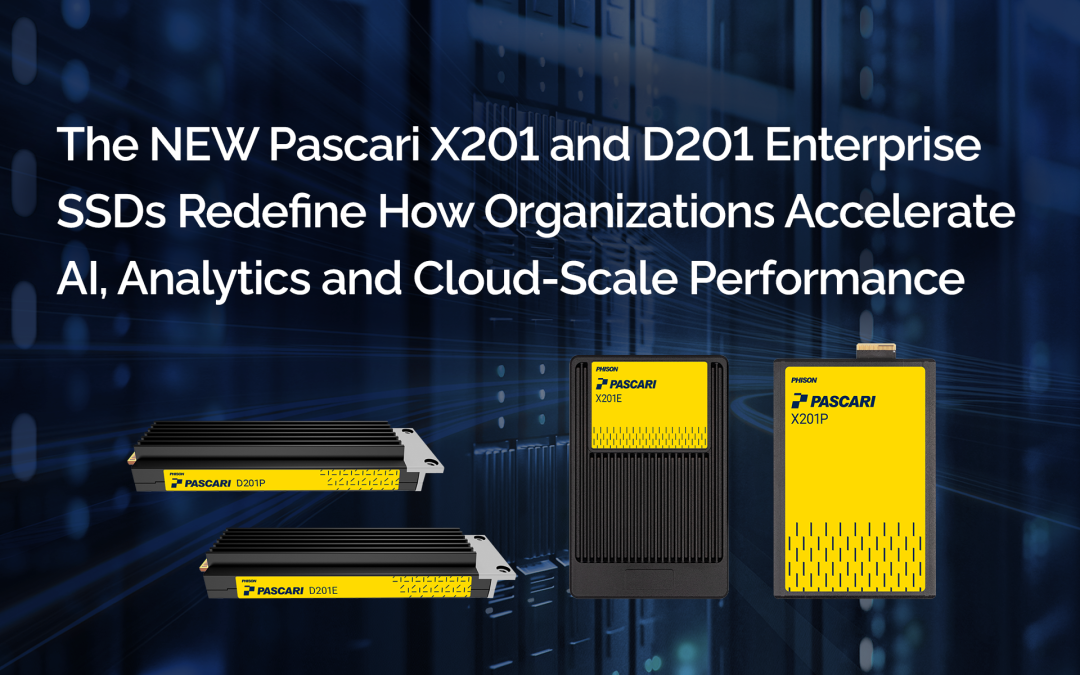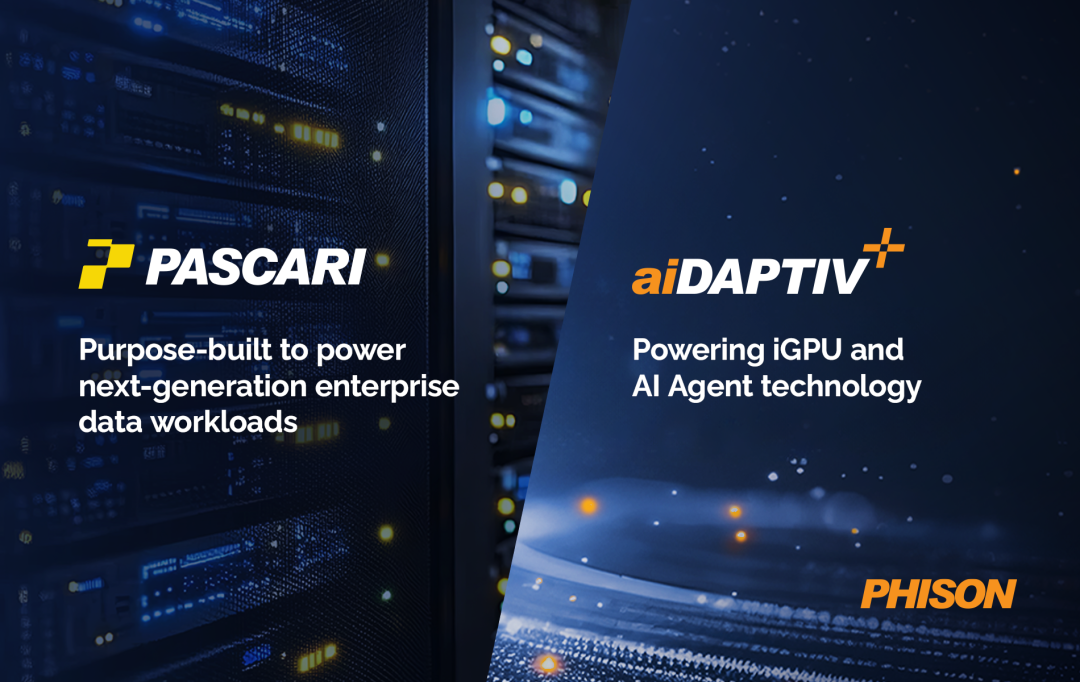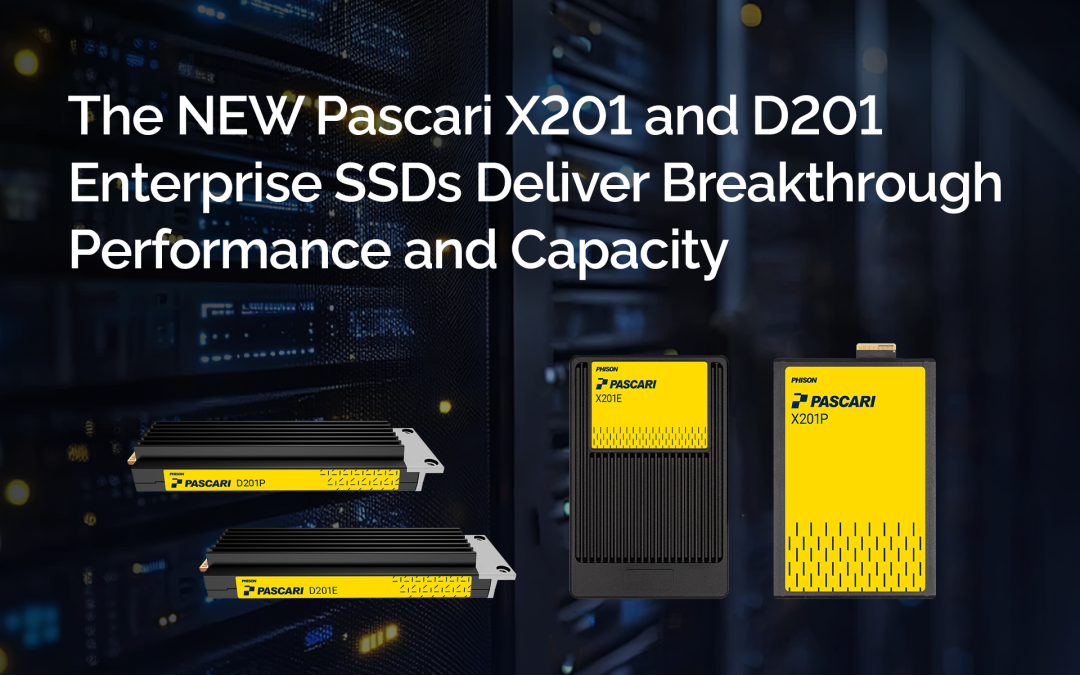PLC memory chips: how far away are they?
PLC memory chips are technically feasible today on bench experiments. The challenge in making them commercially viable comes from ensuring their performance characteristics are useful for storage applications. NAND vendors have to balance several inversely related features including: read speed, write speed, program/erase cycling, data retention and manufacturing yield. To see how this balancing act is likely to play out, we only have to look at QLC.
In theory QLC should provide a 33% cost reduction due to the higher bit density. Unfortunately, the cost saving is only around 10% due to the challenges related to factory yield. A secondary factor affecting price comes from cycling. Today the most advanced QLC can provide 1200 cycles. The next nearest competitor can only provide 600 cycles. As such the market leader has less pressure to reduce prices. Then there is the fact that programming QLC is 4-8x slower than TLC. These performance reductions were necessary to ensure the data retention duration matches TLC. These tradeoffs are likely to be amplified when we consider PLC.
The biggest challenge for PLC will come when we try to find a role for this NAND. It will likely have characteristics that are more limiting than QLC. The cycling count will be lower, while program and erase time will be longer. Initially QLC was only suitable for archival applications, but has since moved up to cold storage or read intensive hot applications. Thankfully, QLC is improving with every generation. It is likely that PLC will follow the same evolution as QLC, but on a much slower path. Realistically, we aren’t likely to see PLC NAND for another five years given the struggles we are seeing today in maturing QLC.
RAM-based storage is faster than NAND, but where are the drives?
DDR based storage has been around for over 20 years, but it has never really caught on. It mostly comes down to cost and performance in comparison to the existing alternative solutions. DDR4 runs at 19-35 GB/s per channel. By comparison, Gen4 SSD run at 7 GB/s. The difference in speed has dropped from an order of magnitude down to 2-5x.
Then there is the matter of cost. DDR is currently going for approximately $5/GB whereas NAND costs around $0.15/GB. Today, most applications can meet their storage needs with a Pool of SSD. A 192TB SSD based solution costs $30K, whereas the same capacity in DDR exceeds $980K. Looking at the problem from the other angle, if we set the budget at $30K, the SSD based solution provides 192TB of storage, but the DDR based solution only provides 6 TB. Finally, there is the fact that DDR is volatile. If speed is the priority and losing data is ok, why not simply manage the data directly in RAM instead of going through the file system?
There is a market for very fast DDR based storage, but it is small. If DDR based storage suddenly became dominant, Phison already has the in-house technology to produce this kind of drive.
Ultra large SSDs (20TB or more) are expected to replace 2TB to 4TB SSD commonly seen today. How is Phison preparing for this transition?
Phison is currently developing solutions that exceed 64TB. We see a divergence in the roles played by SSD and HDD. With the upcoming 1Tb and 2Tb NAND die, we can expect to see prices drop up to 4x. This puts SSD $/GB almost at cost parity with HDD. As the SSD cost goes down, flash-based storage will take on more and more of the hot storage tier. HDD will progressively move to the nearline and cold tiers.
Enterprise and HPC applications are currently asking for 16-32 TB densities, with a forecasted need for 256TB SSD in the next 2-3 years. Though the next generation of HDD are expected to reach 80-100 TB, the SSD can already beat that density using 1Tb TLC. NAND density is projected to go up to 2 Tb per die in the next few years and there is a clear path to 4 Tb. Magnetic media is not likely to be able to keep up.
Additionally, the speed of PCIe Gen4, Gen5 and Gen6 allows the SSD to take on a new role that the HDD cannot touch. The SSD now fast enough to replace the L4 cache found in CPU today. We’re already seeing that evolution in modern gaming where the SSD is being used as a just-in-time texture cache. In that role, the SSD is augmenting DRAM at a lower cost per GB. With the added capacity provided by the SSD, textures are fetched and dropped as needed. This allows for a vast improvement in graphics without increasing the system DDR cost.




